Growing Houseplants
People bring plants into their homes for many reasons. Houseplants are a living decor, purify the air in our homes, and can be a true joy to care for and watch grow. As the variety of houseplants available continues to increase and with plants coming into our homes from all corners of the Earth, finding the best way to care for plants can be intimidating, especially when looking online for safe, accurate, and easy-to-follow information. To start, knowing the name and type of plant you are working with can make your search for information much easier. From there, you can learn how to provide plants with the proper light, water, and care to help them thrive.

Houseplant Sunlight Requirements
Proper lighting is one of the most important growing conditions that will affect a plant’s success when growing indoors. The type of lighting that houseplants require will vary depending on the plant. While some houseplants can handle direct sunlight (cacti and succulents, for example), most will do just fine in indirect light. As many houseplants are found in naturally shaded locations, like a tropical forest floor, too much sunlight can damage their leaves. Without adequate light, however, plants cannot produce enough food to survive. It is a good idea to not only look into the lighting requirements of each plant but to also understand what kind of light your home provides prior to bringing a plant home.
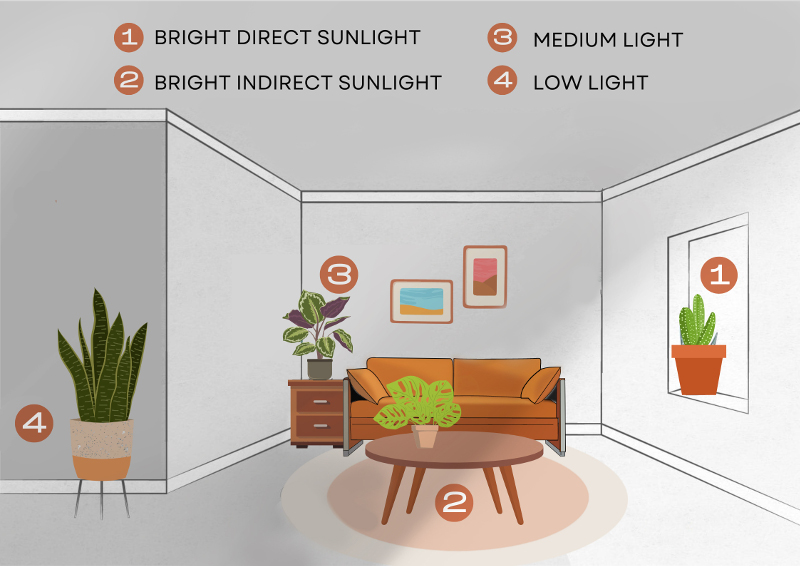
Planting Houseplants
Houseplants can generally stay in the same pot for up to two years. Some signs that a plant is ready for a bigger pot include roots growing over top and out the drain holes of a pot, difficulty keeping it watered, water that flows through the pot too quickly due to a lack of soil, and slowed or stunted growth. When repotting a houseplant, you will typically choose a pot that has drain holes and is an inch or two larger in diameter than the previous. When using decorative pots without drainage holes, it is best to keep plants in plastic inserts that can be easily removed when watering to prevent the roots from sitting in water. It is a good idea to wait until the spring to do any major repotting projects. This timing allows plants all spring and summer to grow into their new pot, making it easier to water and reducing the risk of root damage due to damp, excess soil.
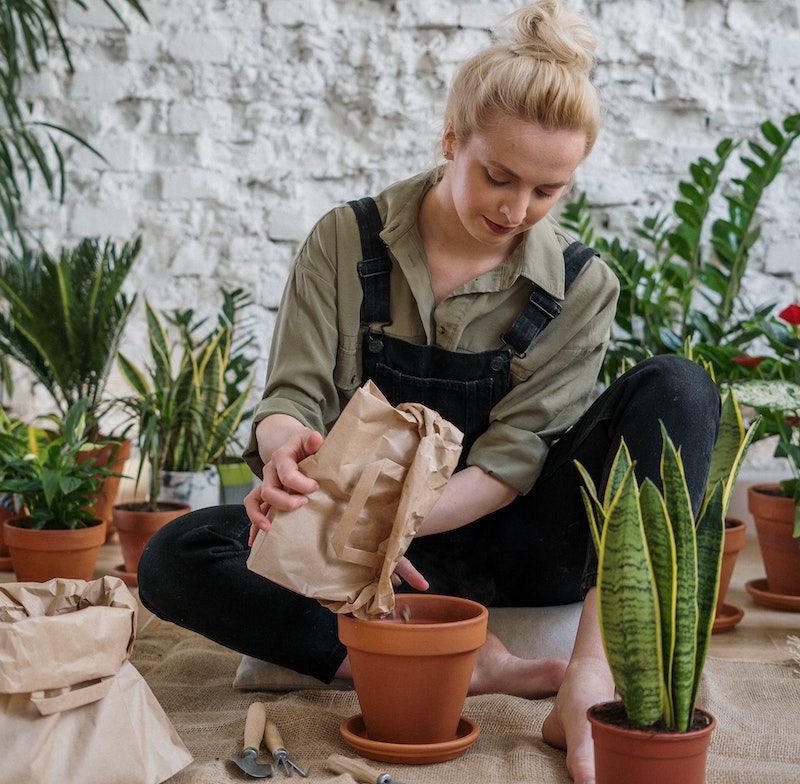
Watering Houseplants
How much and how frequently you will need to water houseplants will greatly depend on the type of plant, how much light it is in, the humidity and temperature of the room, and the time of year. Some houseplants, like succulents and cacti, can go weeks or months without needing water. The vast majority of houseplants need to dry out slightly before watering. Some houseplants, like ferns and Calatheas, prefer consistently moist soil. When watering houseplants, it is beneficial to water them deeply, until water is coming out the drain holes; this ensures that all the roots are able to access water. Before watering, feel the soil of your plants for moisture as opposed to watering on a schedule.
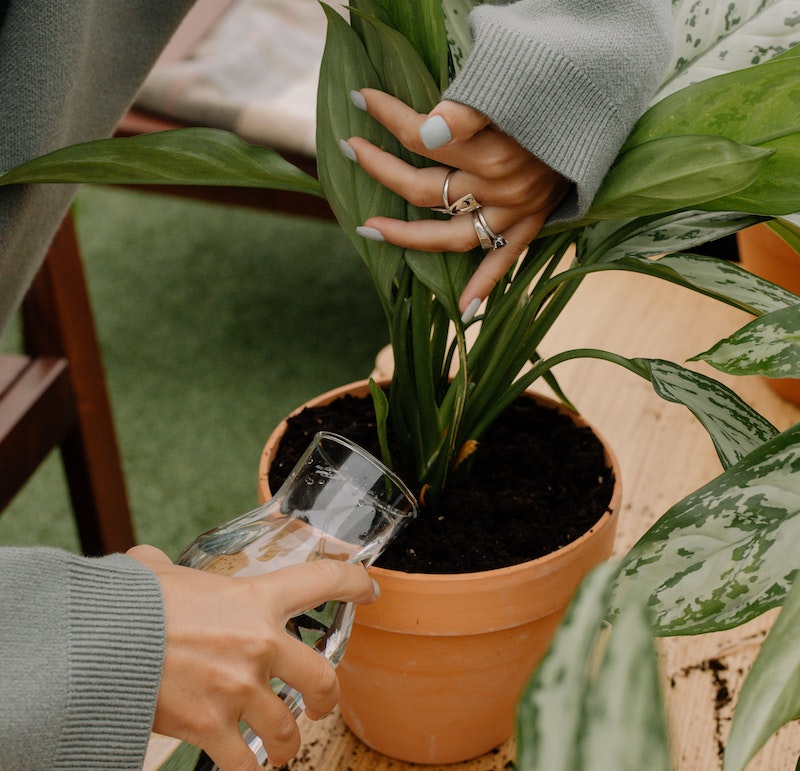
Fertilizing Houseplants
Houseplants generally grow slower than plants located outdoors. Because they are in pots, however, houseplants do not have access to nutrients naturally found in a garden, requiring supplemental nutrients in the form of fertilizer. It is recommended to use a fertilizer formulated for houseplants. Always follow the dilution instructions given to avoid damaging your plants, as over-fertilizing can do more harm than not fertilizing at all. It is typically not necessary to fertilize houseplants in the winter as they grow at a slower rate or go dormant at this time.
Common Houseplant Problems
The most common houseplant issues – yellowing or browning leaves, crispy leaf edges, lack of new growth, and certain pests like fungus gnats – are due largely to improper growing conditions. Rather than nutrient deficiencies and disease, it is more common to encounter issues when there is inadequate lighting, improper watering, and a lack of humidity.
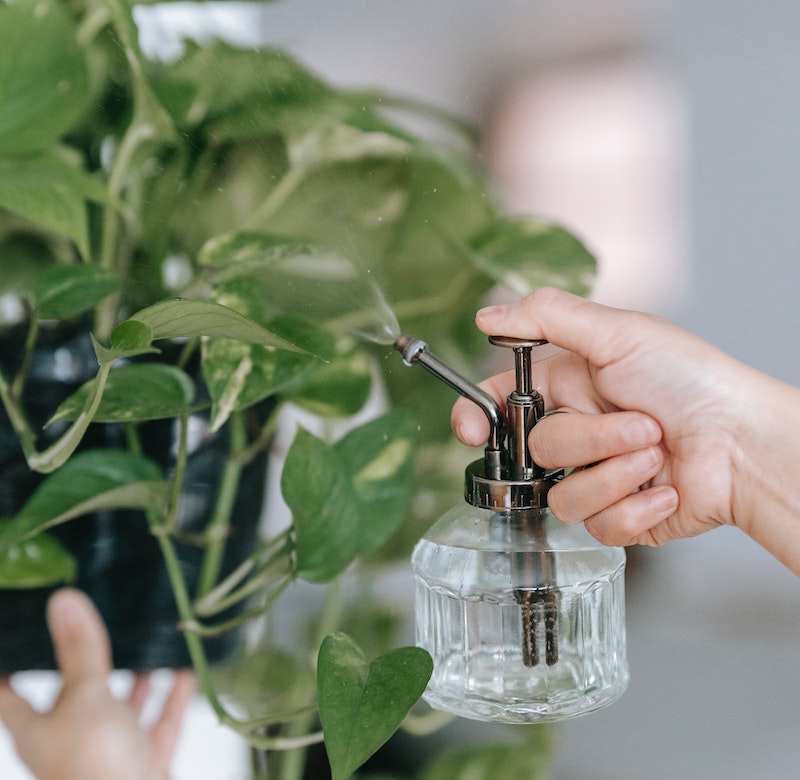
It is important to understand what kind of lighting is present in your home, how to best water plants, and how to boost humidity levels before jumping to conclusions when our plants are behaving in certain ways. When in doubt, you can always lift a plant out of its pot and look at its root health to determine if anything is being caused by over- or underwatering. Additionally, inspect your plants regularly to catch pest issues before they become unmanageable.
Propagating Houseplants
Some houseplants are quite easy to propagate. Many vining plants such as Pothos and Philodendron produce visible nodes – small knob-like growths just beneath their leaves – that grow into roots when placed in water. Similarly, Fiddle Leaf Figs and other tree-like houseplants can be propagated from cuttings placed in water or soil until they produce roots. Not all houseplants will root on their own, however, and may require the use of rooting hormone. It really just depends on the plant.
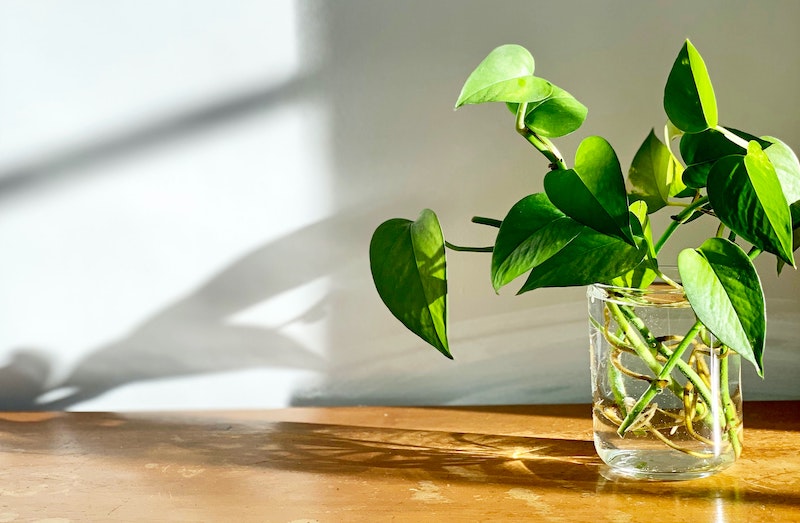
Growing Houseplants Outdoors
Many houseplants benefit from the higher temperatures, humidity, and extra sun that the summer provides. Houseplants can be brought outdoors in the spring once temperatures are consistently above 50°F. Place plants in a shady spot at first, gradually increasing the amount of sun exposure for a few days. Keep in mind that not all houseplants are suited for direct sunlight as they may be understory and shade plants. Once temperatures fall again in autumn, plants can be cleaned and brought back indoors.

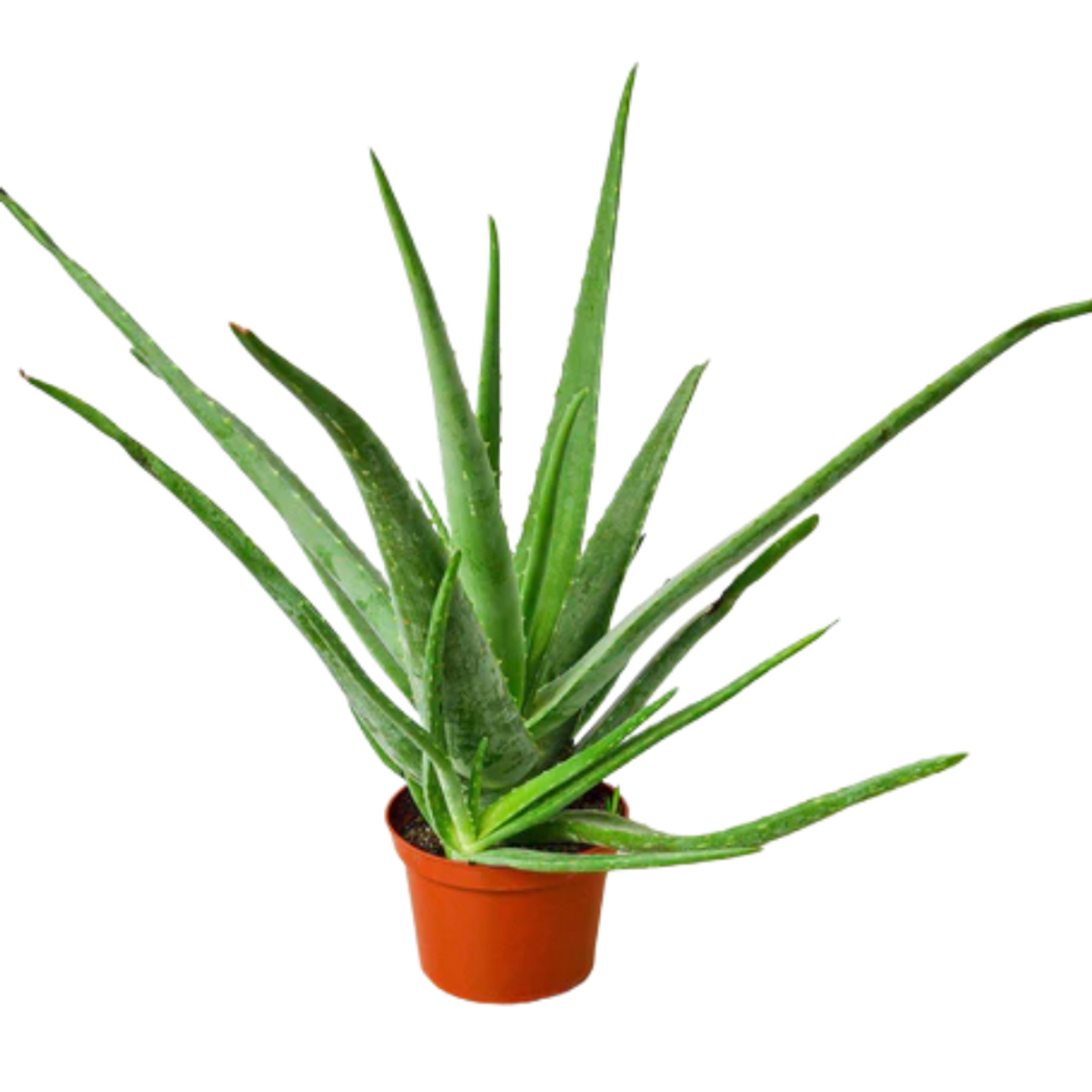 Aloe Care
Aloe Care Aeonium Care
Aeonium Care Aglaonema Care
Aglaonema Care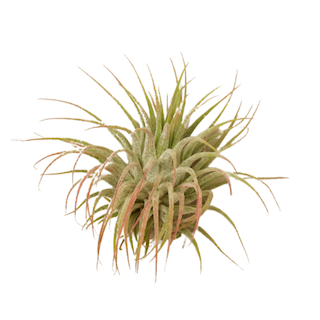 Air Plant Care
Air Plant Care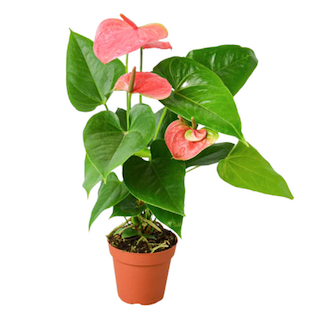 Anthurium Care
Anthurium Care Aquarium Plant Care
Aquarium Plant Care Arrowhead Plant Care
Arrowhead Plant Care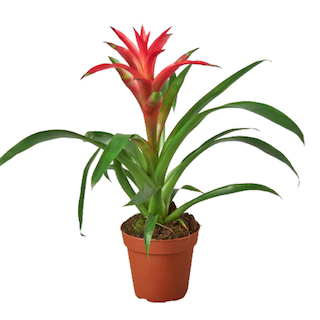 Bromeliad Care
Bromeliad Care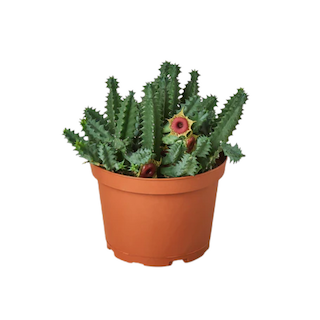 Cactus Care
Cactus Care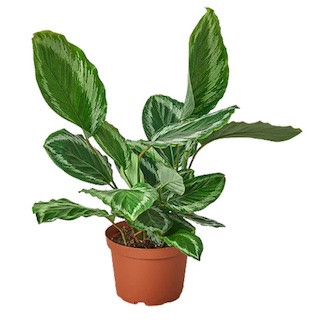 Calathea Care
Calathea Care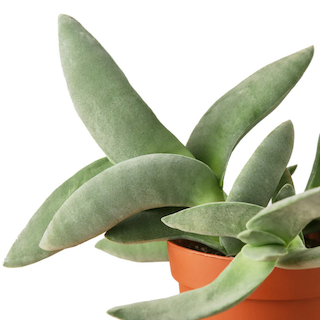 Crassula Care
Crassula Care Croton Care
Croton Care Dieffenbachia Care
Dieffenbachia Care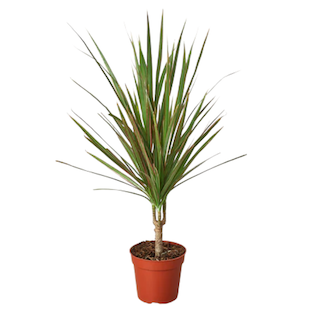 Dracaena Care
Dracaena Care Echeveria Care
Echeveria Care Ficus Care
Ficus Care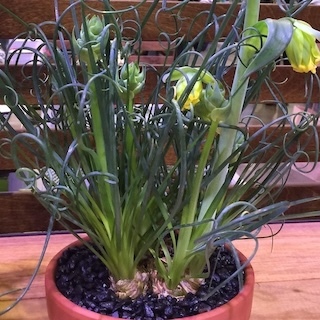 Frizzle Sizzle Care
Frizzle Sizzle Care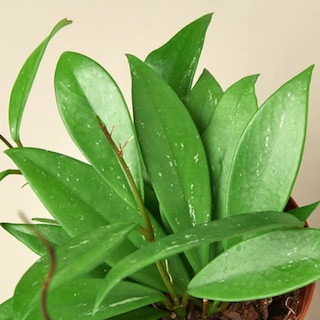 Hoya Care
Hoya Care Jade Plant Care
Jade Plant Care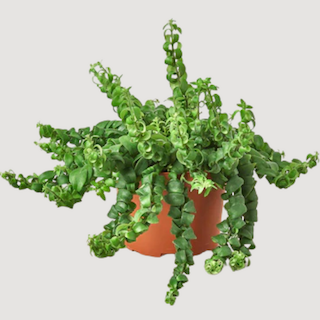 Lipstick Plant Care
Lipstick Plant Care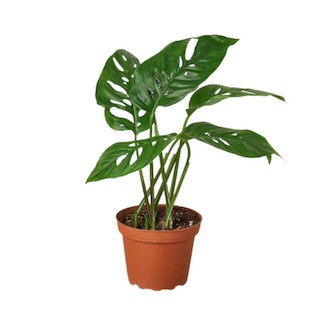 Monstera Care
Monstera Care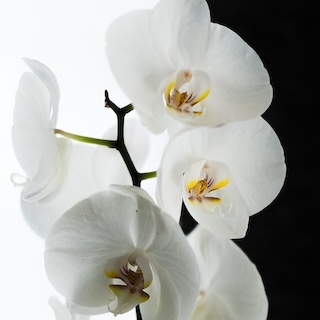 Orchid Care
Orchid Care Palm Tree Care
Palm Tree Care Peperomia Care
Peperomia Care Philodendron Care
Philodendron Care Pilea Care
Pilea Care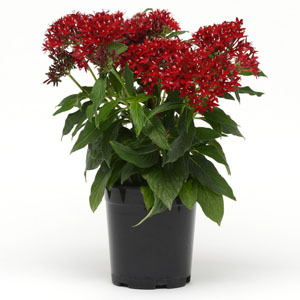 Poinsettia Care
Poinsettia Care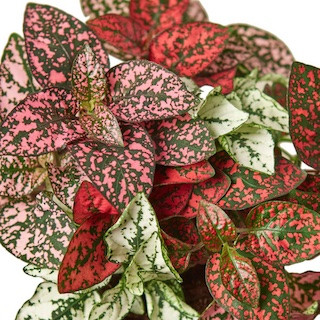 Polka Dot Plant Care
Polka Dot Plant Care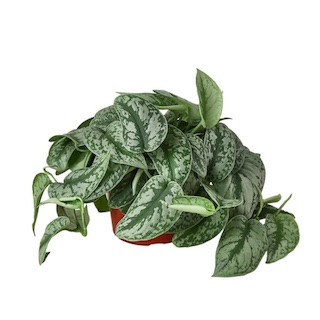 Pothos Care
Pothos Care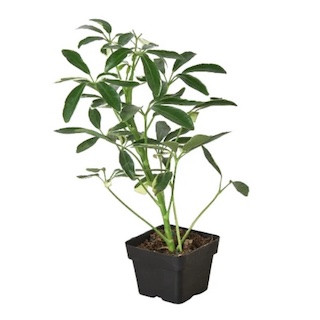 Schefflera Care
Schefflera Care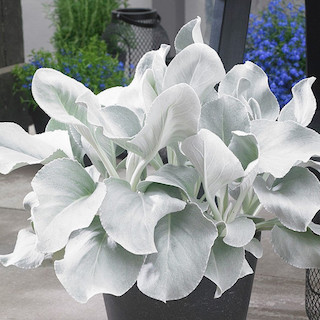 Senecio Care
Senecio Care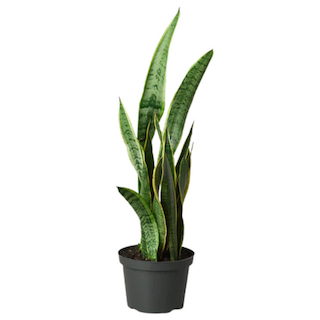 Snake Plant Care
Snake Plant Care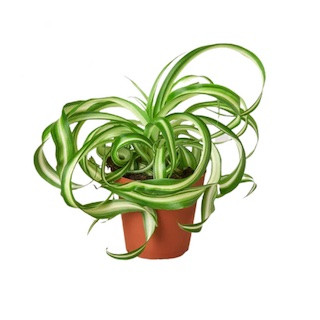 Spider Plant Care
Spider Plant Care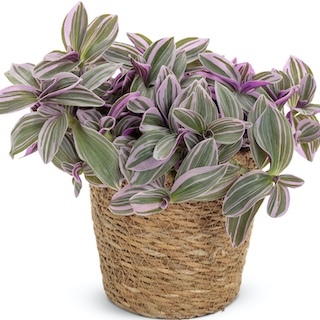 Tradescantia Care
Tradescantia Care